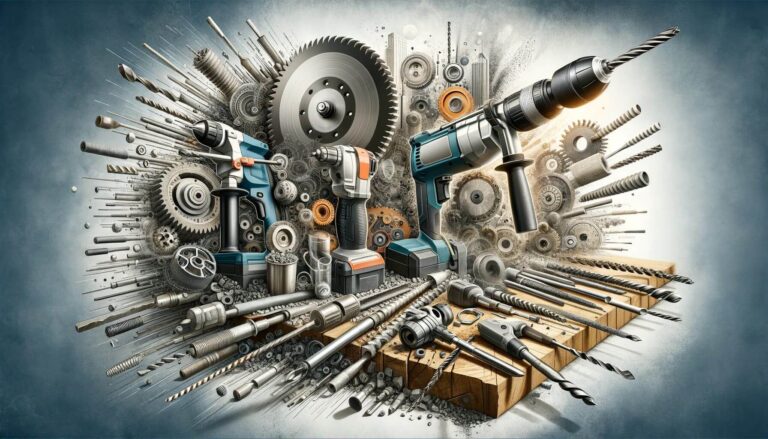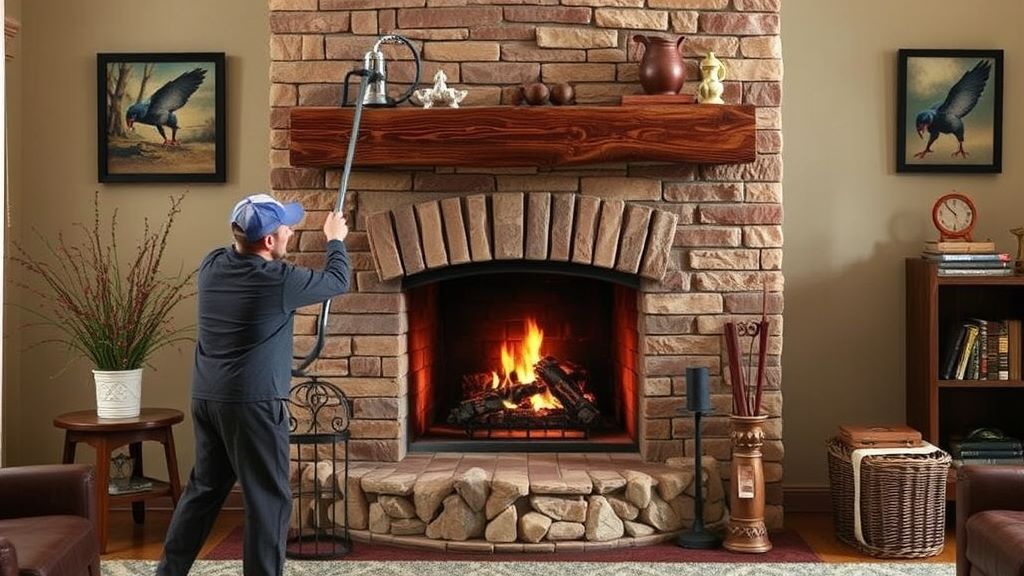
Keeping your chimney in top shape is crucial for the safety and efficiency of your home. Regular maintenance can prevent costly repairs and ensure your fireplace works properly. Here are ten essential tips every homeowner should know about chimney maintenance.
1. Schedule Annual Inspections
One of the most important things you can do for your chimney is to have it inspected annually. A professional chimney sweep can spot potential problems before they become major issues.
During an inspection, the sweep will check for creosote buildup, cracks in the flue liner, and other structural issues. They’ll also make sure your chimney cap is in good condition and that there are no obstructions in the flue.
Regular inspections can help prevent chimney fires and ensure that your fireplace is operating efficiently. Don’t wait until you notice a problem to call in a professional.
2. Clean Your Chimney Regularly
Creosote buildup is one of the biggest dangers to your chimney. This sticky, flammable substance can accumulate on the walls of your chimney and lead to chimney fires if not removed regularly.
How often you need to clean your chimney depends on how frequently you use your fireplace. If you use it heavily, you might need to clean it more than once a season. A good rule of thumb is to have it cleaned when creosote buildup reaches 1/8 inch thickness.
You can check for creosote yourself by looking up the chimney with a flashlight. If you see a lot of black, sticky buildup, it’s time for a cleaning. For safety reasons, it’s best to hire a professional chimney sweep for this task.
3. Install a Chimney Cap
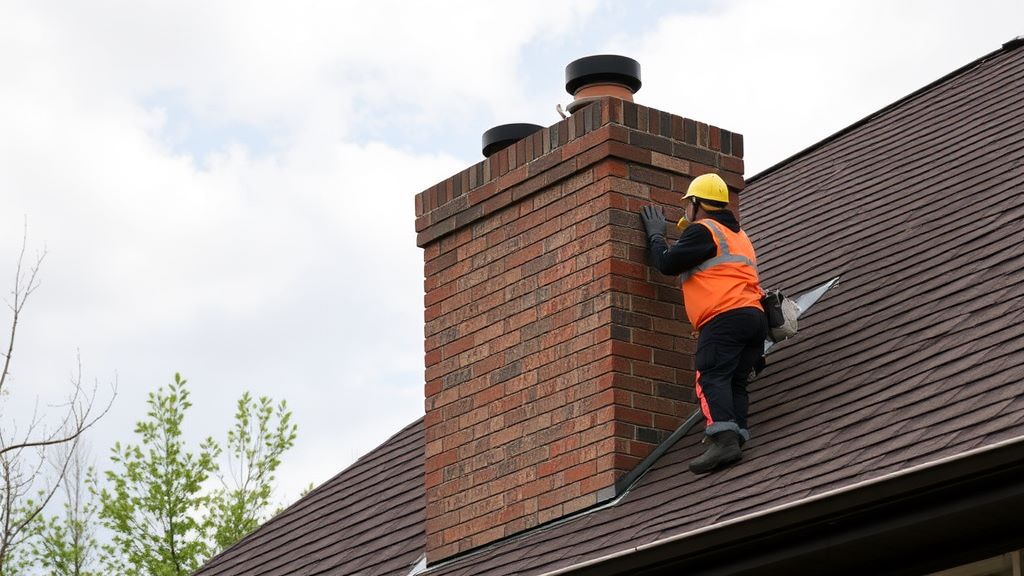
A chimney cap is a simple but effective way to protect your chimney from the elements and wildlife. It prevents rain, snow, and debris from entering your chimney, which can cause damage over time.
Chimney caps also keep animals like birds and squirrels from nesting in your chimney. These unwanted guests can block your flue and create fire hazards.
If you don’t already have a chimney cap, consider installing one. It’s a relatively inexpensive addition that can save you a lot of trouble in the long run.
4. Check for Damage After Storms
After severe weather, it’s a good idea to check your chimney for damage. High winds can loosen or damage chimney caps, and heavy rain can cause water damage if there are any leaks.
Look for any loose or missing bricks or mortar. Also, check the flashing around the base of the chimney where it meets the roof. If you notice any issues, call a professional chimney repair service right away.
5. Keep Your Fireplace Clean
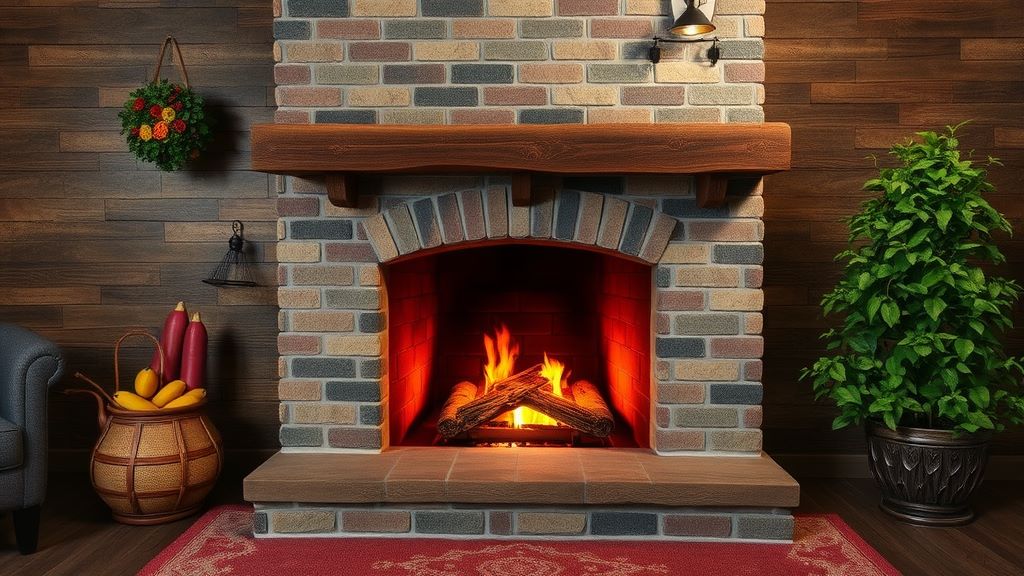
While not technically part of the chimney, keeping your fireplace clean is an important part of chimney maintenance. Remove ashes regularly and make sure they’re completely cool before disposing of them.
A clean fireplace burns more efficiently, which means less creosote buildup in your chimney. It’s also more pleasant to use and looks better in your home.
6. Use the Right Fuel
If you have a wood-burning fireplace, make sure you’re using the right kind of wood. Hardwoods like oak and maple burn cleaner and hotter than softwoods, producing less creosote.
Make sure your wood is properly seasoned (dried) before burning it. Green or wet wood creates more smoke and creosote. Aim for wood with a moisture content of 20% or less.
Never burn trash, cardboard, or treated wood in your fireplace. These can release harmful chemicals and increase creosote buildup.
7. Monitor Your Chimney’s Exterior
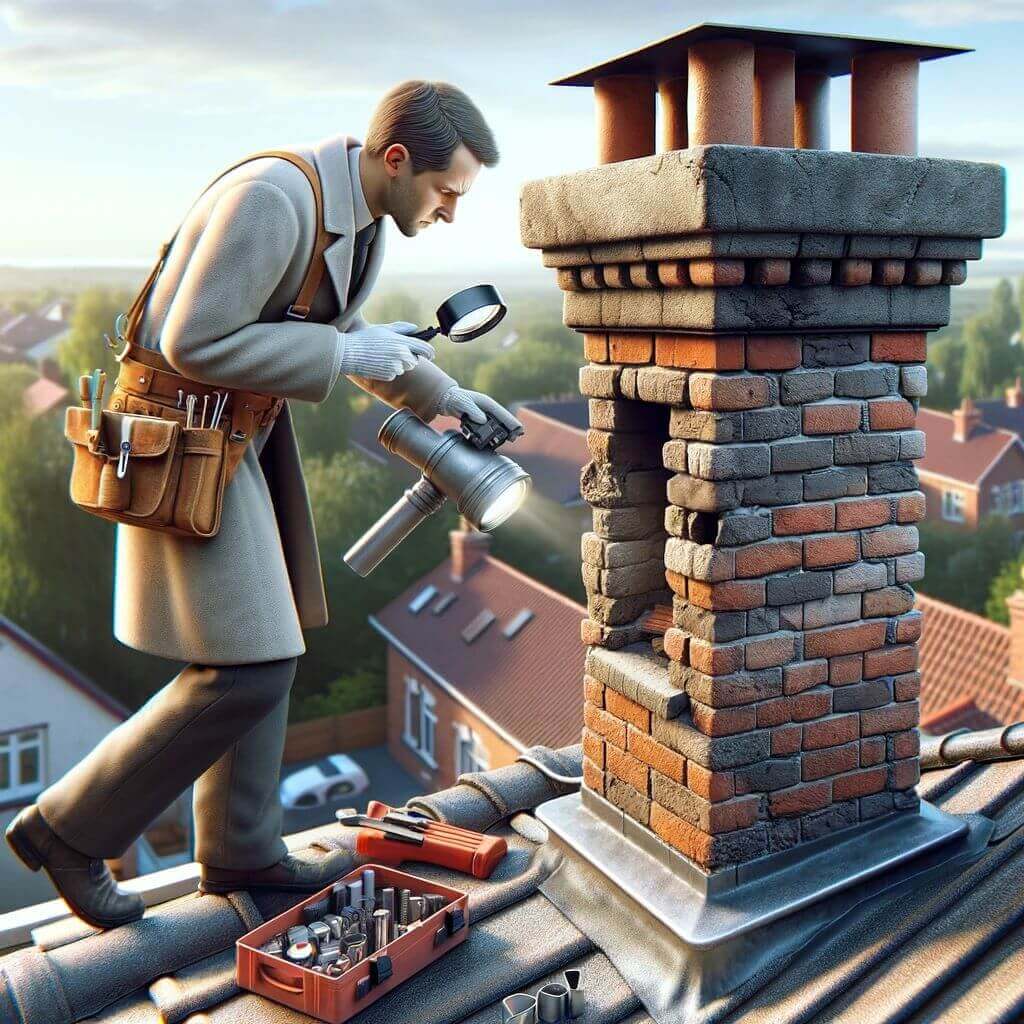
Keep an eye on the exterior of your chimney for signs of wear and tear. Look for cracked or missing bricks, deteriorating mortar, or white staining (efflorescence) which can indicate water damage.
If you notice any of these issues, it’s time to call in a professional. Catching these problems early can prevent more serious damage down the line.
8. Consider a Chimney Liner
If your chimney doesn’t already have a liner, consider having one installed. Chimney liners protect the masonry from heat and corrosion, improving the efficiency of your fireplace and extending the life of your chimney.
There are different types of chimney liners available, including clay, metal, and cast-in-place liners. A professional chimney service can help you choose the best option for your home.
9. Be Aware of Warning Signs
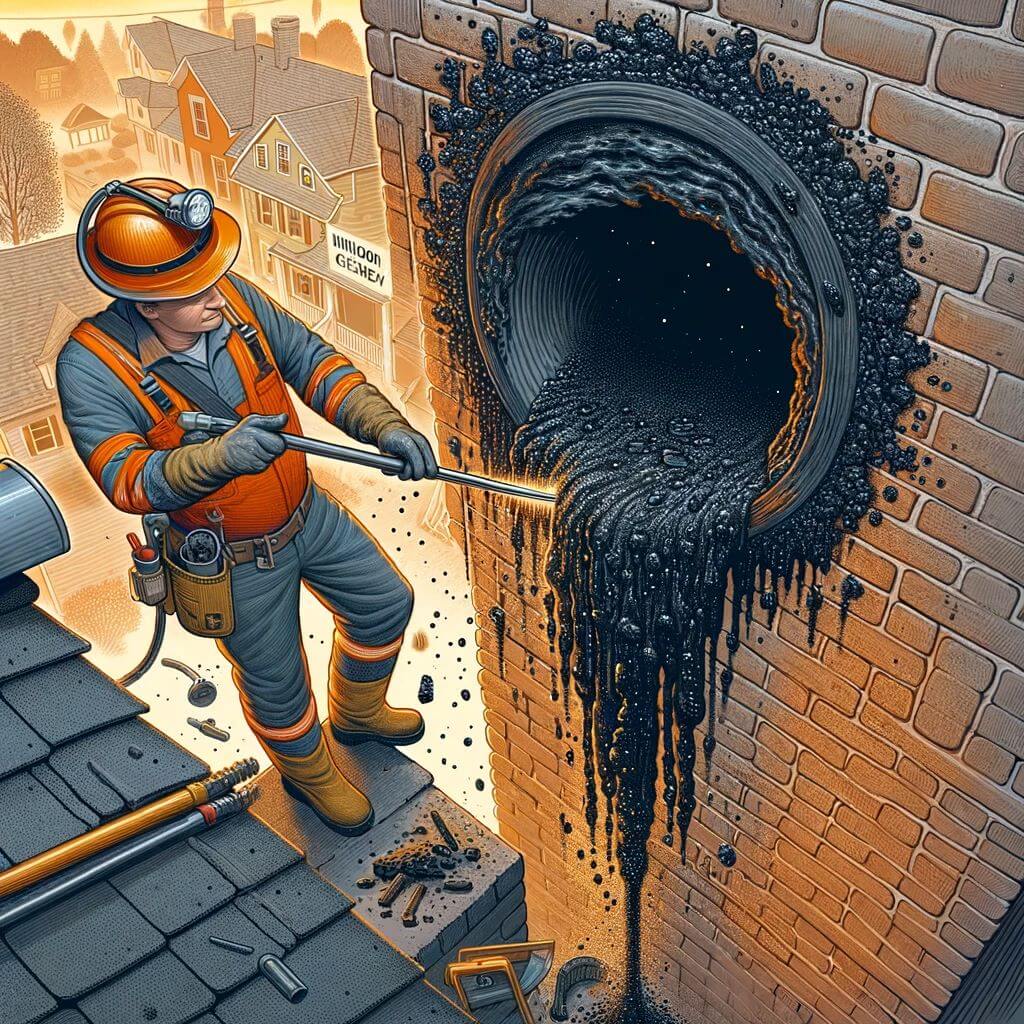
Know the warning signs of chimney problems so you can address them quickly. These include:
- Smoke entering your home when you use the fireplace
- A strong odor coming from the fireplace when it’s not in use
- White staining on the exterior of the chimney
- Pieces of tile or brick in the fireplace
- Difficulty starting fires or poor draft
If you notice any of these signs, call a chimney professional right away. Ignoring these warning signs can lead to more serious problems.
10. Understand Chimney Rebuilding
Sometimes, despite your best maintenance efforts, a chimney may need to be rebuilt. This is often necessary for older chimneys or those that have suffered significant damage.
Chimney rebuilding involves tearing down and reconstructing part or all of the chimney. While it’s a major project, it can restore the safety and efficiency of your chimney, ensuring many more years of use.
By following these tips, you can keep your chimney in good condition and enjoy your fireplace safely for years to come. Remember, when in doubt, always consult with a professional chimney service. They have the expertise to keep your chimney in top shape and your home safe.

